Top 10 Examples Of Sites That Use IP Geolocation API
Posted on April 8, 2020
Globalization has made the world a relatively small community. People no longer have to wait for weeks to hear from their friends living abroad. Buyers in various countries can now purchase once inaccessible brands and products in just a few taps. Information gets passed around in a matter of seconds.
Even so, localization can’t be ignored. Determining the location of website visitors is essential in ensuring the success of one’s business, and that is doable with IP Geolocation API. For cybersecurity, meanwhile, geolocation is of the utmost importance when tracking down cybercriminals.
IP Geolocation API returns the following location data for any given IP address:
- Country
- Region, state, and province
- Latitude and longitude
- Time zone
- City
- Postal code
These location data points can be of massive help to organizations, so we rounded up the top examples of sites and their uses of geolocation data.
1. Amazon and Lululemon: Show Items That Ship to the User’s Location
People browse e-commerce sites for items they want or need. And so, a negative user experience may be created when it turns out during the checkout process that goods aren’t available for delivery in certain locations. E-commerce websites would, therefore, do well to readily show items that any website visitor can actually obtain. This is made possible by using IP Geolocation API.
Amazon, for example, immediately detects users’ countries and notifies them if the items displayed can be shipped to their locations. As an added value, the e-commerce giant gives users the option to change their address if they wish to.

Lululemon and Nordstrom use the same strategy. Their sites automatically detect users’ locations. They also inform users immediately if the items displayed can be shipped to their areas.
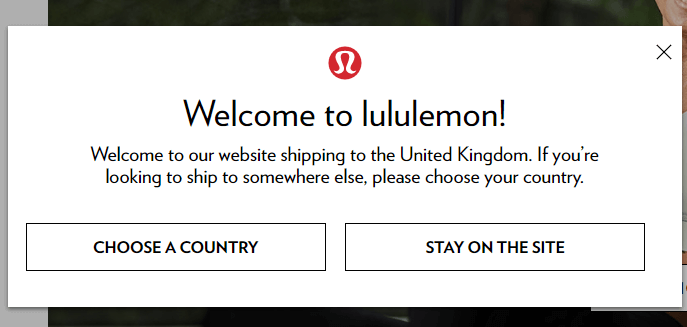

2. Netflix, YouTube, and Yahoo!: Limit User Access to Restricted Content
Protecting copyrights is more manageable with the help of IP Geolocation API. It is a reliable means to enhance digital rights management (DRM). By instantly determining users’ locations, streaming providers can present only the content that users can view.
If you go to Netflix, for example, you would see that the site automatically redirects to your country’s page, as shown by the screenshot below (i.e., Netflix Sweden).

When you go to YouTube without signing in to your account, you also see location-based videos as the screenshot shows for YouTube Netherlands.

Aside from copyright protection, IP Geolocation API is also handy when presenting location-based news and content. One example is Yahoo. The screenshot below shows the Yahoo! homepage for users located in the U.S.
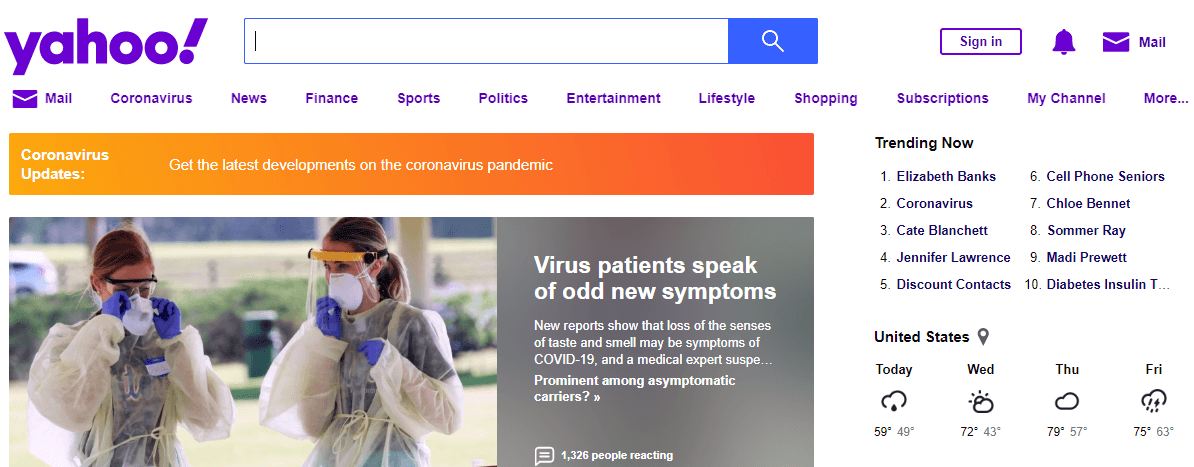
The next screenshot, on the other hand, is the homepage for Yahoo users located in Sweden.

3. Facebook and Google: Show Content in the User’s Language
While English may be a universal language, there are still millions of people worldwide who are more comfortable using their own language. For that reason, websites often use translation and IP geolocation tools so they automatically reflect any user’s language.
Facebook perfectly understands the need for people to use their mother tongues and it automatically detects users’ locations and presents the page in their local languages.

Another example is Google. The site automatically shows search results and the Internet giant’s privacy policy in the user’s language.
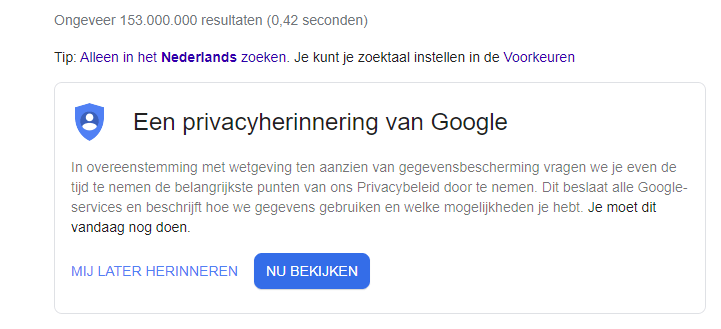
4. Google: Show Localized Search Results
Despite globalization, some needs remain localized. If you have to see an orthodontist and do a Google search, for example, it won’t make sense if the search engine returns orthodontists based in another country. Thus, Google and other search engines use geolocation products to show location-based search results.
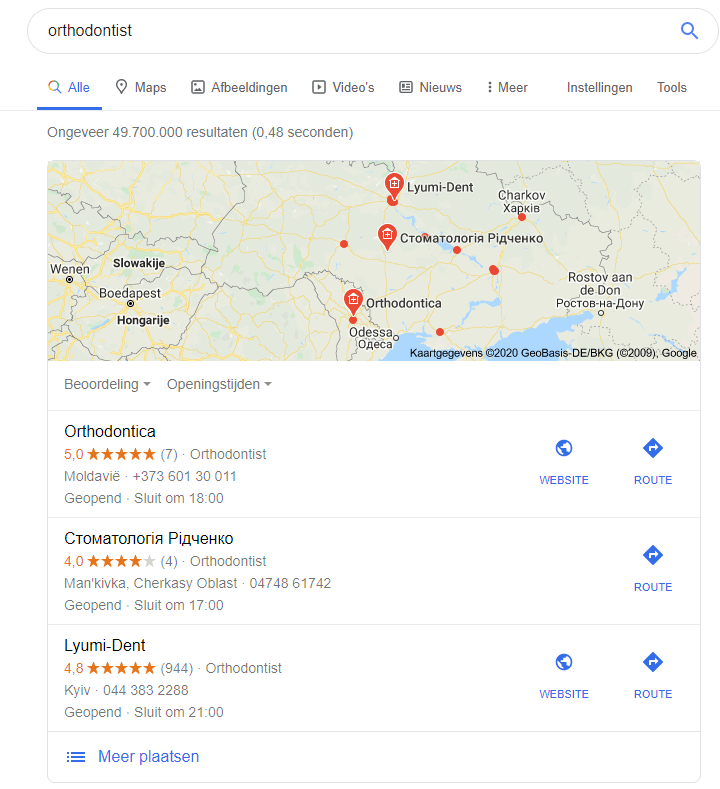
5. Bershka: Present Prices in the User’s Local Currency
If you are a digital entrepreneur who caters to an international market, consider displaying prices in the user’s local currency. Some 76% of buyers prefer seeing product prices in their local currencies.
Leading e-commerce sites like Amazon already implement this strategy, and so does Spanish clothing retailer Bershka.

Aside from product prices, it should also follow that the total cost is in the same currency. Otherwise, users won’t know the exact amount of their purchase, which could lead to shopping cart abandonment. Not knowing the total cost outright is among the top 5 reasons for that particular predicament.
6. Asos and Lululemon: Offer Locality’s Preferred Payment Methods
E-commerce sites should also consider their target buyers’ preferred payment methods. If you cater to different countries, then it would make sense to give your consumers the option to pay using their preferred payment methods. The online shops of Asos and Lululemon are examples of that.
When we browsed the Swedish version of the Asos shopping site, one of the payment methods is Klarna, which is a Swedish payment processor.
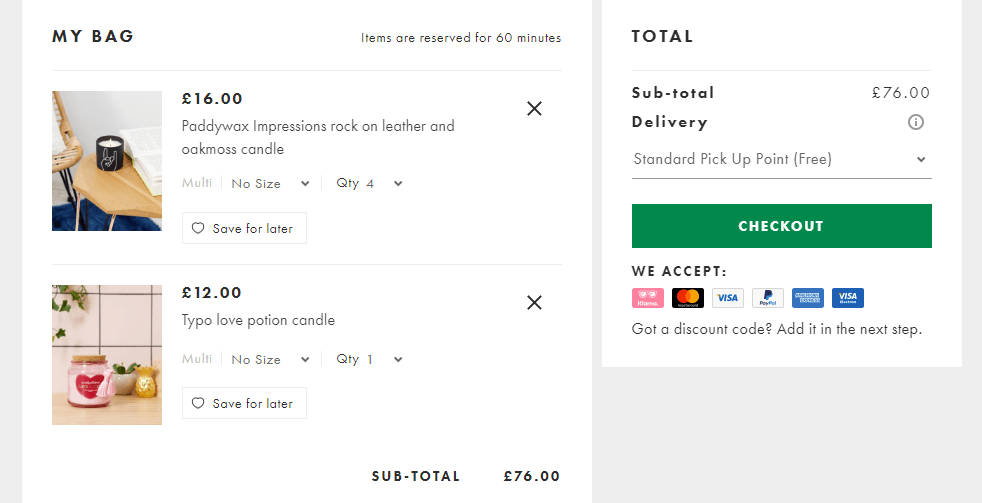
We also tested Lululemon in Austria, and they offer credit card payments, which is the most preferred payment method in the country.
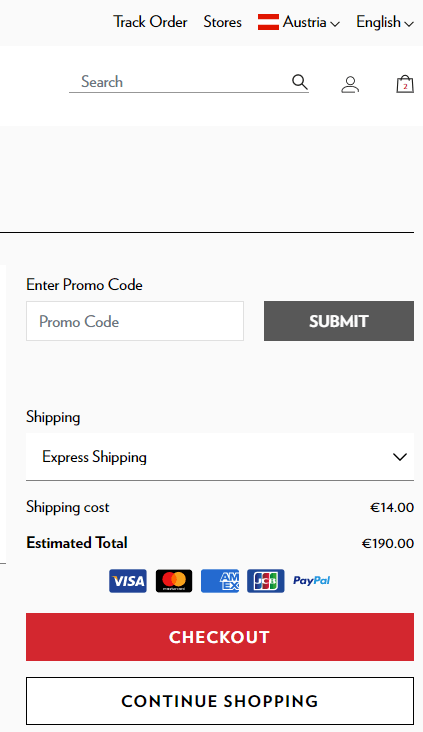
7. Lululemon: Shorten the Checkout Process
A lengthy checkout process can also affect buyers’ decisions. Therefore, e-commerce companies should strive to make the process as painless as possible, and one way to do that is by using IP Geolocation API. By automatically detecting the user’s location, the website can automatically fill in some fields on the checkout form to save the user time and effort.
Take a look at Lululemon’s checkout form below. It automatically selected Austria as the country, saving users from scrolling through a drop-down list to look for their countries.
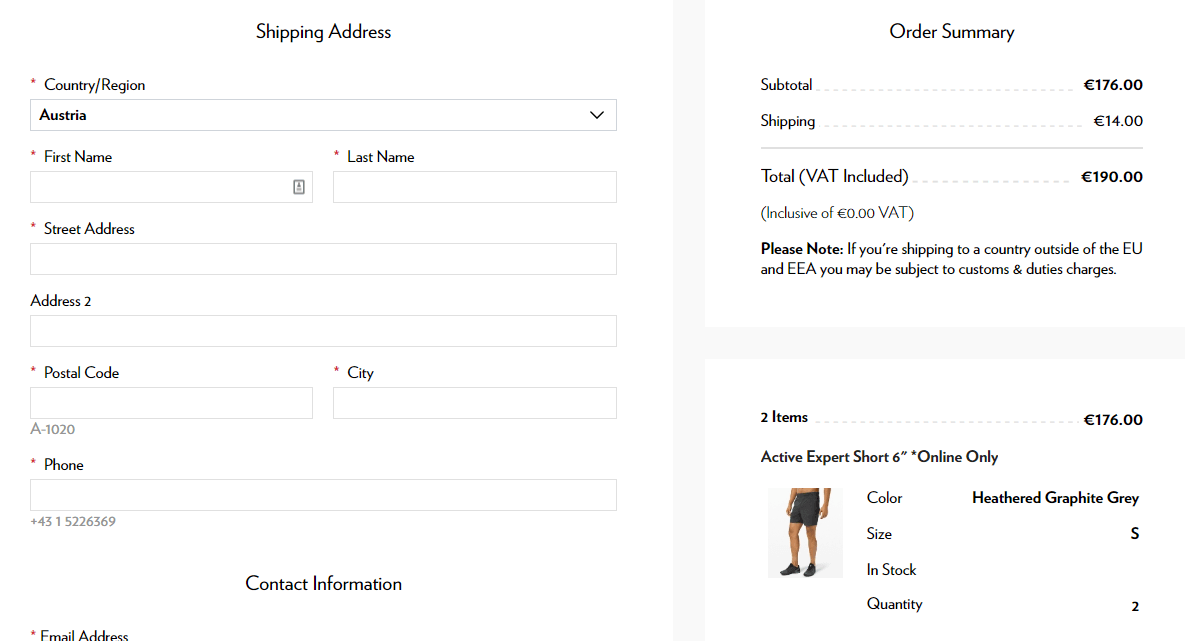
8. Trivago: Show Accommodations Near the User’s Location
Geolocation helps perform a metasearch for sites that present localized results without asking users for details. One example is Trivago. Using the search term “Sheraton,” we got the following search results in Sweden.
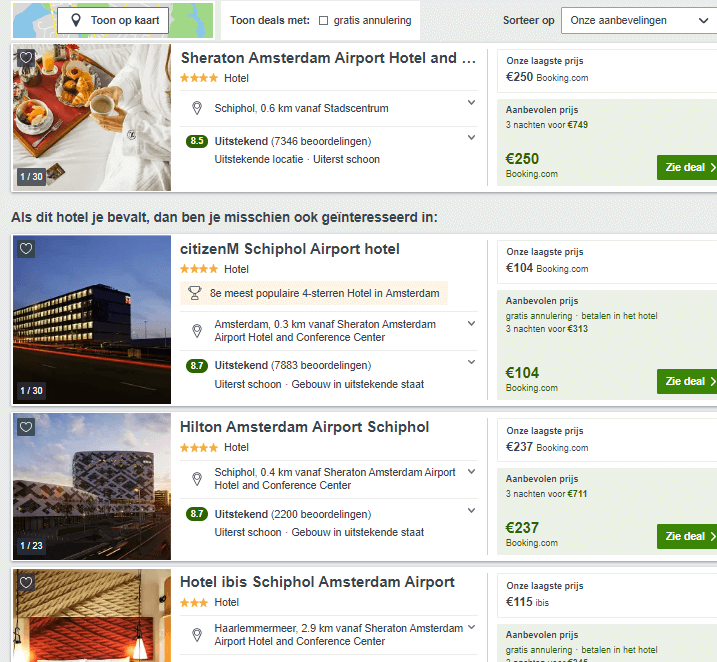
The result using the same search term when the location is Asia widely differs.

9. Brazil Frozen Poultry: Implement Location-Based Advertising
Location-based advertising allows businesses to show their ads to people that matter most. Brazil Frozen Poultry, for example, supplies chicken meat to Canada, China, Hong Kong, Singapore, the UAE, Dubai, Europe, Angola, Venezuela, Turkey, Australia, Panama, and Japan. It would therefore make financial sense for the company to show its ads to Internet users only in these locations.

By using Google Ads (that uses IP geolocation data in targeted advertising), the chicken meat supplier can reach out to the right people.
10. Nordstrom and Facebook: Enhance Cybersecurity
In 2018, 58% of cybercrime victims were small businesses. Large corporations are not exempted, though, as the cases of Equifax, Yahoo!, LinkedIn, Marriott International, and eBay show. As a digital entrepreneur, one of your top priorities should be cybersecurity. IP Geolocation API can help in these ways:
Trace suspicious activities
IP geolocation can help by better tracing the sources of suspicious activities. For instance, when someone logs into your Facebook account, the social media platform detects the person’s location and notifies you.

Banks use the same technology, so account holders get notified when someone else tries to access their accounts by using a new device and a different location.
Prevent Access of Proxy Users
Most cybercriminals and people with ill intentions hide behind virtual private networks (VPNs) and proxies to keep their identities and activities anonymous. For entrepreneurs, one way to protect your network is to block proxy users.
Nordstrom is one example of an online shop that prevents proxy users from accessing its website. We were able to browse the site with no problem at first, but when we used a VPN server located in Asia, the site revoked our access.

Geolocation data gleaned from solutions such as IP Geolocation API is instrumental in implementing business strategies, including those focused on advertising and cybersecurity. Furthermore, the API enables digital entrepreneurs to give the best user experience to their target consumers.
Read the other articles